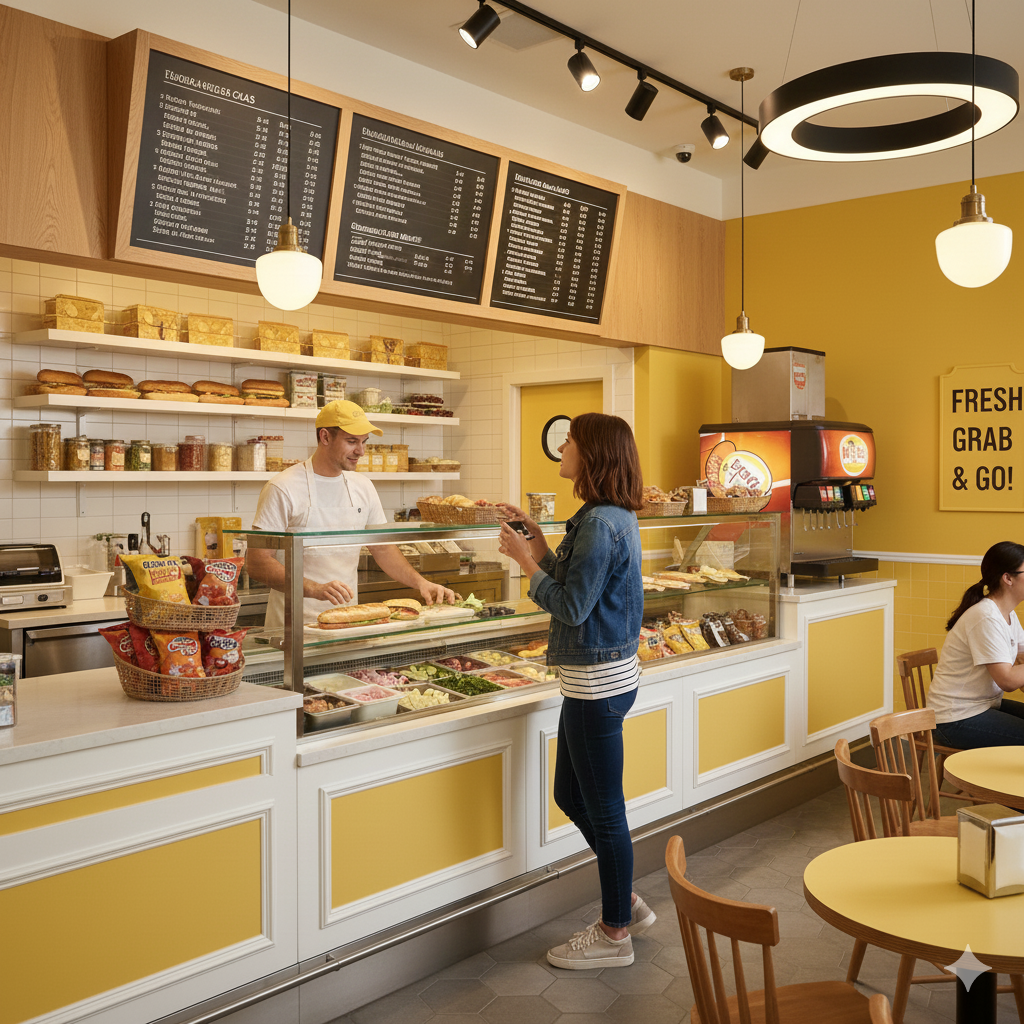Built-In Furnishings: A Timeless Solution for Modern Living
Let’s take a little journey back in time. Picture homes from centuries ago—before closets were even a thing. Back then, built-in furniture was the backbone of storage and organization. From wall benches and china cabinets to clever drop-down desks, these features weren’t just practical; they were part of the home itself. Fast forward to today, and we see blank closet spaces and throwaway furniture filling our homes—and unfortunately, our landfills. But what if we reimagined our spaces with the ingenuity of the past and the innovation of the future?
A Brief History of Built-Ins
Built-in furnishings have been around for centuries, dating back to medieval Europe when wealthy households incorporated heavy, immovable furniture into their walls for storage and seating. By the late 19th and early 20th centuries, Craftsman homes embraced built-ins like window seats, dining room buffets, and bookshelves to maximize space and create a sense of coziness. Even Frank Lloyd Wright was a fan, using built-ins to streamline his designs and ensure every piece fit seamlessly into his vision.
But somewhere along the way—especially post-World War II—built-ins gave way to more flexible (and often disposable) furniture. Closets became standard, and free-standing dressers, armoires, and shelves took over. While this shift offered convenience, it also contributed to a growing problem: furniture waste.
The Problem with Throwaway Furniture
Did you know that millions of tons of furniture end up in landfills every year? Cheaply made pieces may seem like a bargain at first but often break down quickly or fall out of style just as fast. Built-ins, on the other hand, are designed to last as long as your home does. They’re sturdy, timeless, and tailored to your space—no Allen wrench required.
The Future is Built-In (and Sci-Fi Agrees)
Ever notice how futuristic homes in sci-fi movies always have sleek built-in furnishings? That’s because they make so much sense! Built-ins save space, reduce clutter, and eliminate the need for constant rearranging. Imagine moving to a new home and only needing to pack your cushions, art, clothing, plants, and personal items—not bulky sofas or dressers!
Built-Ins for Every Lifestyle
Built-in furnishings aren’t just about aesthetics—they’re about creating homes that work better for everyone:
For Sustainability Advocates: Say goodbye to throwaway furniture! Built-ins reduce waste and help us move toward a more eco-friendly future.
For Movers: Relocating becomes easier (and cheaper) when your furniture stays with the house.
For Folks with ADHD and Autism: Built-ins create clear “homes” for everything—perfect for those who crave minimalism and structure.
For Vision Impaired Individuals: Fixed furnishings mean no unexpected bumps or bruises from moved furniture.
For Design-Wary Homeowners: Built-ins ensure your storage fits seamlessly with your home’s design—no guesswork required.
Why Built-Ins Are Making a Comeback
As we look toward creating greener futures and smarter homes, built-ins are re-emerging as a practical solution that blends sustainability with functionality. They’re not just relics of the past or props in sci-fi movies—they’re an investment in a home that works harder for you.
Whether it’s a cozy window seat with hidden storage or a custom-built wardrobe that eliminates the need for dressers altogether, built-ins can transform how you live in your space. And isn’t that what great design is all about?
Read More!













Waldron Designs, LLC is passionate about designing spaces rooted in their context and responsive to the natural environment. Are you ready to create sustainable permanence with your home?
GET IN TOUCH!